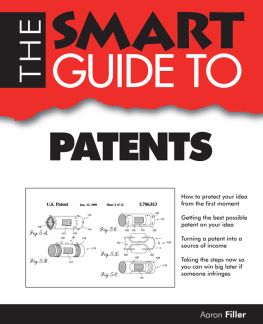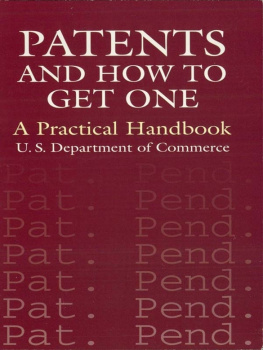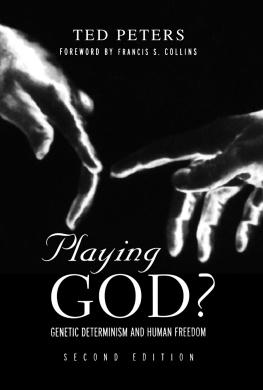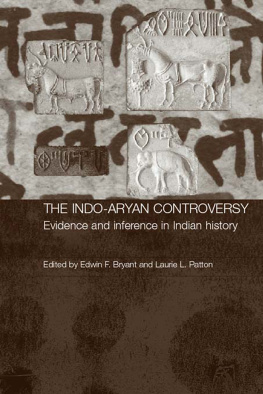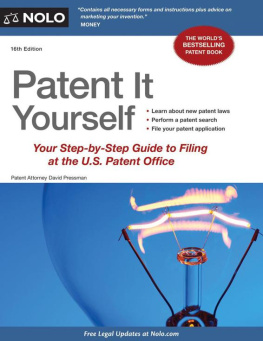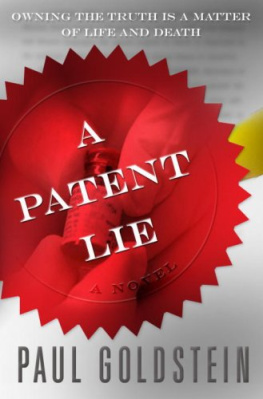FRANCIS WATKINS AND THE DOLLOND TELESCOPE PATENT CONTROVERSY
Science, Technology and Culture, 17001945
Series Editors
David M. Knight
University of Durham
and
Trevor Levere
University of Toronto
Science, Technology and Culture, 17001945 focuses on the social, cultural, industrial and economic contexts of science and technology from the scientific revolution up to the Second World War. It explores the agricultural and industrial revolutions of the eighteenth century, the coffee-house culture of the Enlightenment, the spread of museums, botanic gardens and expositions in the nineteenth century, to the Franco-Prussian war of 1870, seen as a victory for German science. It also addresses the dependence of society on science and technology in the twentieth century.
Science, Technology and Culture, 17001945 addresses issues of the interaction of science, technology and culture in the period from 1700 to 1945, at the same time as including new research within the field of the history of science.
Also in the series
Acid Rain and the Rise of the Environmental Chemist
in Nineteenth-Century Britain
Peter Reed
Matter and Method in the Long Chemical Revolution
Laws of Another Order
Victor D. Boantza
Jesse Ramsden (17351800)
Londons Leading Scientific Instrument Maker
Anita McConnell
Making Scientific Instruments in the Industrial Revolution
A.D. Morrison-Low
Francis Watkins and the Dollond Telescope Patent Controversy
BRIAN GEE
edited by
ANITA MCCONNELL and A.D. MORRISON-LOW
The completion of the book was made possible by funding from the Scientific Instrument Society, which chose to devote a legacy from the late author to ensure an appropriate memorial to one of its long-serving members.
First published 2014 by Ashgate Publishing
Published 2016 by Routledge
2 Park Square, Milton Park, Abingdon, Oxon OX14 4RN
711 Third Avenue, New York, NY 10017, USA
Routledge is an imprint of the Taylor & Francis Group, an informa business
Copyright Brian Gee, Anita McConnell and A.D. Morrison-Low 2014
Brian Gee, Anita McConnell and A.D. Morrison-Low have asserted their right under the Copyright, Designs and Patents Act, 1988, to be identified as the author and editors of this work.
All rights reserved. No part of this book may be reprinted or reproduced or utilised in any form or by any electronic, mechanical, or other means, now known or hereafter invented, including photocopying and recording, or in any information storage or retrieval system, without permission in writing from the publishers.
Notices:
Product or corporate names may be trademarks or registered trademarks, and are used only for identification and explanation without intent to infringe.
British Library Cataloguing in Publication Data
A catalogue record for this book is available from the British Library.
The Library of Congress has cataloged the printed edition as follows:
Gee, Brian.
Francis Watkins and the Dollond telescope patent controversy / by Brian Gee ; edited by Anita McConnell and A.D. Morrison-Low.
pages cm. (Science, technology, and culture, 1700-1945)
Includes bibliographical references and index.
ISBN 978-1-4094-6643-7 (hardcover)
1. Watkins, Francis, 1723-1782. 2. Dollond, Peter, 1730-1820.
3. Dollond, John, 1706-1761. 4. TelescopesGreat BritainHistory. 5. TelescopesPatents. I. McConnell, Anita. II. Morrison-Low, A. D. III. Title.
QB88.G44 2014
681.4123092241dc23
2013047643
ISBN 9781409466437 (hbk)
Contents
List of Figures and Tables
Figures
Tables
List of Colour Plates
1 Detail of engraving around the mirror of a Culpeper-type compound microscope by Nathaniel Adams, c. 1735. Museum of the History of Science, University of Oxford, inv. 31636
2 Compound prism demonstrating the principle involved in John and Peter Dollonds more ambitious triplet achromatic lens. National Museums Scotland, T. 1955.21
3 John Dollond patented his independently invented achromatic doublet telescope lens in 1758. It incorporated a new lens made of a sandwich of two lenses, one of crown and the other of flint glass. This telescope, made by John Dollonds son Peter in 1765, incorporates an objective made to the new design. National Museums Scotland, T. 1935.53
4 Detail of the signature PETRUS DOLLOND/Ano. Dom. 1756/LONDINIUM. National Museums Scotland, T. 1935.53
5 Compound, simple and solar microscope in silver, signed on the solar plate Fra. Watkins Charing Cross London, 1754. Museum of the History of Science, University of Oxford, inv. 53619
6 Compound and simple microscope to Francis Watkinss design, 1754. Museum of the History of Science, University of Oxford, inv. 47695
7 Portable Gregorian reflector telescope, signed Fra. Watkins Charing Cross London. Museum of the History of Science, University of Oxford, inv. 69862
8 Hand-held refracting telescope by Francis Watkins. Private collection
9 Large refracting telescope on stand, by Francis Watkins. Private collection
10 Surveyors wheel or waywiser, by Jeremiah and Walter Watkins. National Museums of Scotland, T. 1912.53
11a & b Gunners callipers, with tables on both sides, by Watkins & Smith, London, c. 1770. Museum of the History of Science, University of Oxford, inv. 41742
12 Model of a beam engine by Watkins & Hill, c. 1850. Museum of the History of Science, University of Oxford, inv. 26418
13 Saxton magneto generator by Watkins & Hill, c. 1850. Museum of the History of Science, University of Oxford, inv. 94679
14 Reciprocating electric motor, by Watkins & Hill, London, c. 1850. Museum of the History of Science, University of Oxford, inv. 77942
15 Coulomb torsion balance electrometer by Watkins & Hill, London, c. 1850. Museum of the History of Science, University of Oxford, inv. 94227
16 Twin dial Cagniard siren, by Watkins & Hill, Charing Cross, London, c. 1840. University of Aberdeen, Natural Philosophy Collection
17 Whirling table, with accessories, by Watkins & Hill, London, c. 1840. University of Aberdeen, Natural Philosophy Collection
18 Device for demonstrating thermal expansion, by Watkins & Hill, 5 Charing Cross, London, c. 1840. University of Aberdeen, Natural Philosophy Collection
19 Gyroscope in gimbal mounting, by Watkins & Hill, Charing Cross, London, c. 1840. University of Aberdeen, Natural Philosophy Collection
20 Wave model, by Watkins & Hill, 5 Charing Cross, London, c. 1840. University of Aberdeen, Natural Philosophy Collection
Foreword
Nothing tends so much to the advancement of knowledge as the application of a new instrument commented Humphry Davy when introducing his discussion of the Voltaic pile in his Elements of Chemical Philosophy in 1812. It was Brian Gees ambition to show how scientific instruments and their makers had played essential roles in the advancement of knowledge. A Yorkshireman through and through, Brian Gee was born in Barnsley on 19 December 1939, the son of Walter Gee (a shop assistant) and his wife Eva (ne Turner). Although he came from a working-class family, he was amused in later life to discover, when tracing his ancestry, that many of his forebears had been clergymen, including a bishop commemorated in York Minster. Like many wartime working-class children his prospects were transformed by the 1944 Education Act and its 11-plus examination that gave him access to further education. In principle, the Butler Act allowed parents a choice of secondary education between a traditional grammar school education, a trades and industrial-oriented education in a technical school, and a modern secondary education for those who would enter manual and service industries and trades. Leeds, where Brian and his parents had settled by the time he was ten, was one of the few educational authorities to have taken technical education seriously in the form of its splendid Leeds Central High School. Founded in 1885 as a Higher Grade (secondary) school, in 1944 it became one of two technical schools in Leeds. Here, at the end of the second year at the school, boys had a choice of following different aspects of technical education, one of them being engineering which involved the study of applied mathematics, wood and metalwork and technical drawing as well as physics and chemistry.




